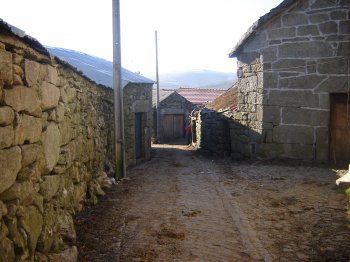Explore the best places
Villages in Ribeira de Pena
Limões
- country
- heritage
Limões
4870, Limões
Classed as a Public Interest Construction, this mountain village has granite houses from the 17th and 18th centuries. It has an independence crucifix where the "tree of life" is remarkable. The local craftswork includes mostly linen objects and handmade fabrics.

Agunchos
- country
- heritage
Agunchos
4870, Agunchos
A village composed of vast farms, espigueiros (small cereal warehouses) and 17th and 18th century granite constructions. Located on a relative plain, one can tell the differences between the old and the new areas. The chapel stands on a hillock and there are water mills by the river.
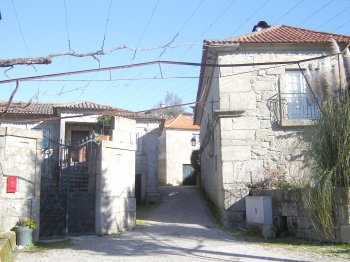
Cabriz
- country
- heritage
Cabriz
4870, Cabriz
A village with agricultural fields, located on the low part of the hillside. The cultural heritage includes the manors from the 18th and 19th centuries, the espigueiros (small cereal warehouses), the chapel of Saint António, the crucifix and the Castro Hill. Near the Cabriz, on finds the Cai d'Alto waterfalls, several traditional mills and the leisure park of Mandragoso.
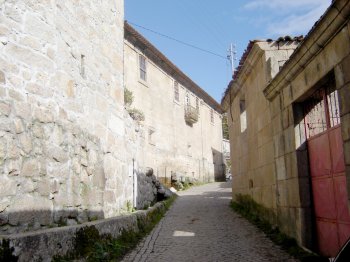
Tojais
- country
- heritage
Tojais
4870, Tojais
A high mountain area, where the rocks are used on the houses, mostly with culm rooftops. A special note to the small chapels, devoted to Saint António, the espigueiros (small cereal warehouses) and a 1753 stone chapel, devoted to Saint António, with crosses on the walls. The craftswork includes handmadee linen objects.

Seirós
- country
- heritage
Seirós
4870, Seirós
Located on a green hillside, this village is composed of two different areas. On the oldest, with narrow streets, there is a natural belvedere. A special note to the "alminhas", to an 1851 sun clock, the church of Saint Bárbara and a wide set of espigueiros (small cereal warehouses), public fountains and a leisure park.
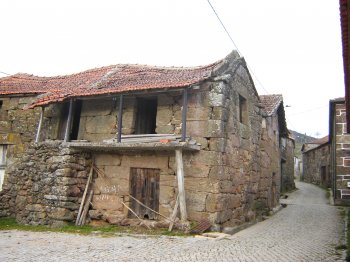
Penalonga
- country
- heritage
Penalonga
4870, Penalonga
A village located on the hillside of the mountain, whose name is due to an enormous rock, located at the mountain top, inaccesible in the words of the population. In Penalonga there are three chapels, the chapel of Our Lady of Livração, the patron saint, that of Saint Ana and that of Saint João, located in the middle of a corn field. Several of its rural houses have sun clocks, namely the Casa da Ponte (Bridge House), with its interior yard and the espigueiros (small cereal warehouses).
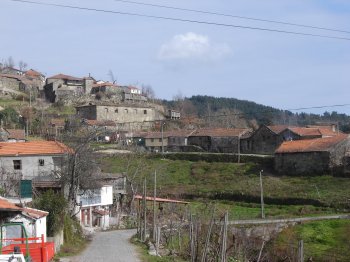
Macieira
- country
- heritage
Macieira
4870, Macieira
A village with dispersed houses, located on a plain by the mountainous hillside. The villag hasa fvery old streets, with rural granite houses, culm rooftops and sun clocks. A special note to thirteen water mills on the Covelo river and to springs with clothes washing areas. The local crafstwork includes the wool stockings, the molhelhas and the crossas.

Lamas
- country
- heritage
Lamas
4870, Lamas
A village located in a lush valley with narrow streets, tradtional farm houses with culm rooftops and rural houses, namely the Gaspar House, the Cabo House, the Seixo House and the Carvalinha House. A special note to the Chapel of Our Lady of Remédios (Remedies), to the "alminhas", on a wall that protects the water spring, the "canastros" that stand on stone pillars and several sun clocks. The "crossas" stand out in the local craftswork.
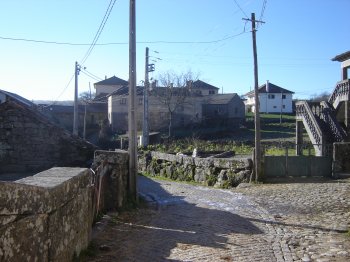
Formoselos
- country
- heritage
Formoselos
4870, Formoselos
A set of dispersed houses. In this village, a special note to the 1794 crucifix, the "alminhas", devoted to Our Lady of Carmo, the chapel and the Castro (a celtic village) of Facho, located where the Tâmega and Cerva rivers meet.
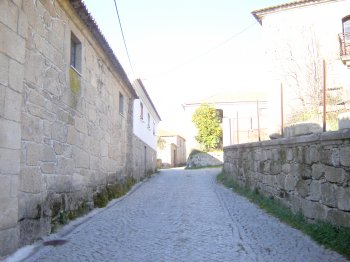
Favais
- country
- heritage
Favais
4870, Favais
This village, where the inhabitants re small farmers, has culm covered houses and crossas that protect the sheperds from the rigorous winters. The architectural heritage includes tha chapel of Saint Luzia, the famous "Pedra de Favais" (Favais Rock), with carved angels and "alminhas". The natural heritage includes the Poio river with scenic views with gorges and waterfalls.
